Yahoo! Buys GeoCities

Yahoo! buys GeoCities for $3.65 billion USD. GeoCities was an early web hosting service getting its start in 1994. As a testament to its popularity, there were at least 38 million pages remaining on GeoCities when Yahoo! shut it down in 2009.
Space Shuttle Challenger Disaster
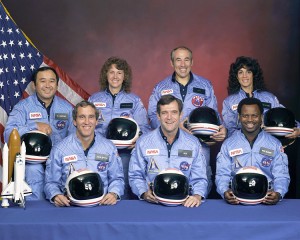
On this cold January morning, the Space Shuttle Challenger broke apart after liftoff, killing all seven astronauts on board. Contrary to popular belief, while the external fuel tank did combust, the Challenger didn’t truly explode as much as it was torn apart by aerodynamic forces.
iPad Introduced
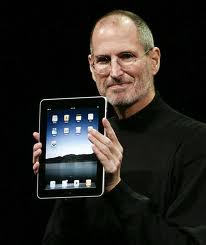
Apple introduces the iPad. The introduction of the iPad triggered the close of the PC era and marked one of the pivotal points in computing history. Solidifying the age of mobile computing, the iPad still to this day is the bar to which other tablets measure up to.
Jim Clark Leaves Silicon Graphics

Silicon Graphics Inc. co-founder Jim Clark leaves the company to start Mosaic Communications, the operation that later became Netscape Communications Corp. With Netscape cofounder Marc Andreesen, Clark helped popularize the World Wide Web by distributing the company’s browser for free.
Apollo 1 Tragedy
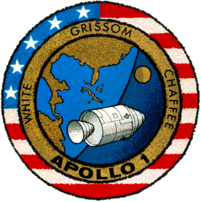
Astronauts Gus Grissom, Edward White and Roger Chaffee are killed in a fire during a test of their spacecraft at the Kennedy Space Center. After the fire, the spacecraft and planned launch which never took place was posthumously named Apollo 1, in the astronauts honor.
Edison Patents Incandescent Lamp
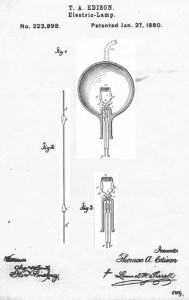
Thomas Edison patents the electric incandescent lamp. While other incandescent lamps were created before his, Edison’s version was able to outstrip the others because of a combination of three factors: an effective incandescent material, a higher vacuum than others were able to achieve (by use of the Sprengel pump) and a high resistance that made power distribution from a centralized source economically viable.
Compaq Purchases DEC

Compaq Computer purchases Digital Equipment Corporation for $9.6 billion. Digital, or DEC, was a pioneering company in the early history of computers from the 1960’s – 1980’s. Unfortunately, as was seen with many companies, they were slow to recognize the rise of the PC which ultimately led to the sell-off of all the company’s business units, cumulating with the final sale to Compaq. Compaq itself was eventually merged with HP.
Lotus 1-2-3 Goes on Sale
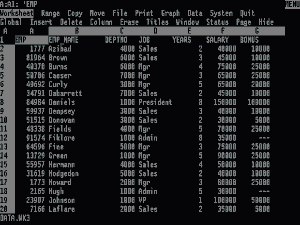
The Lotus Development Corporation releases Lotus 1-2-3 for IBM computers. While not the first spreadsheet program, Lotus was able to develop 1-2-3 because the creators of VisiCalc, the first spreadsheet, did not patent their software. 1-2-3 outsold VisiCalc by the end of the year and 2 years later Lotus bought out the assets of VisiCalc and hired its main creator as a consultant.
Ranger 3 Launched
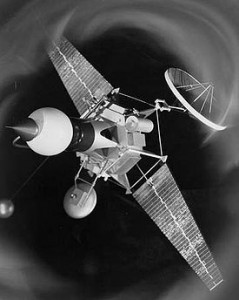
Ranger 3 is launched to study the Moon. The space probe was designed to transmit pictures of the lunar surface to Earth stations during a period of 10 minutes of flight prior to impacting on the Moon. Due to a series of malfunctions, the spacecraft missed the Moon by 22,000 miles.
Opportunity Lands on Mars
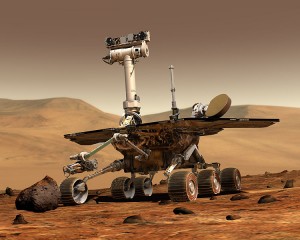
Opportunity rover (MER-B) lands on surface of Mars, three weeks after its twin, Spirit (MER-A), touched down on the other side of the planet.
